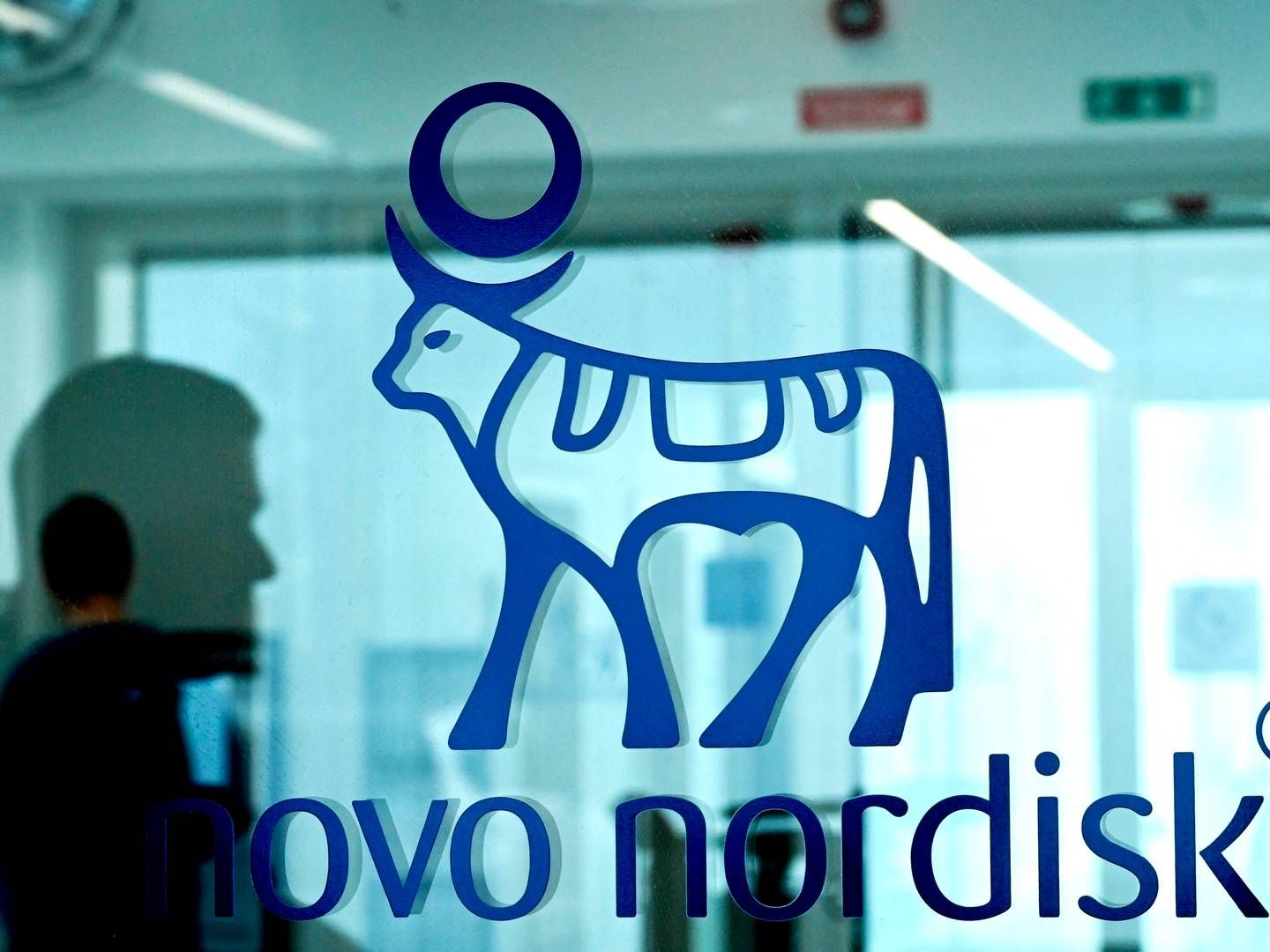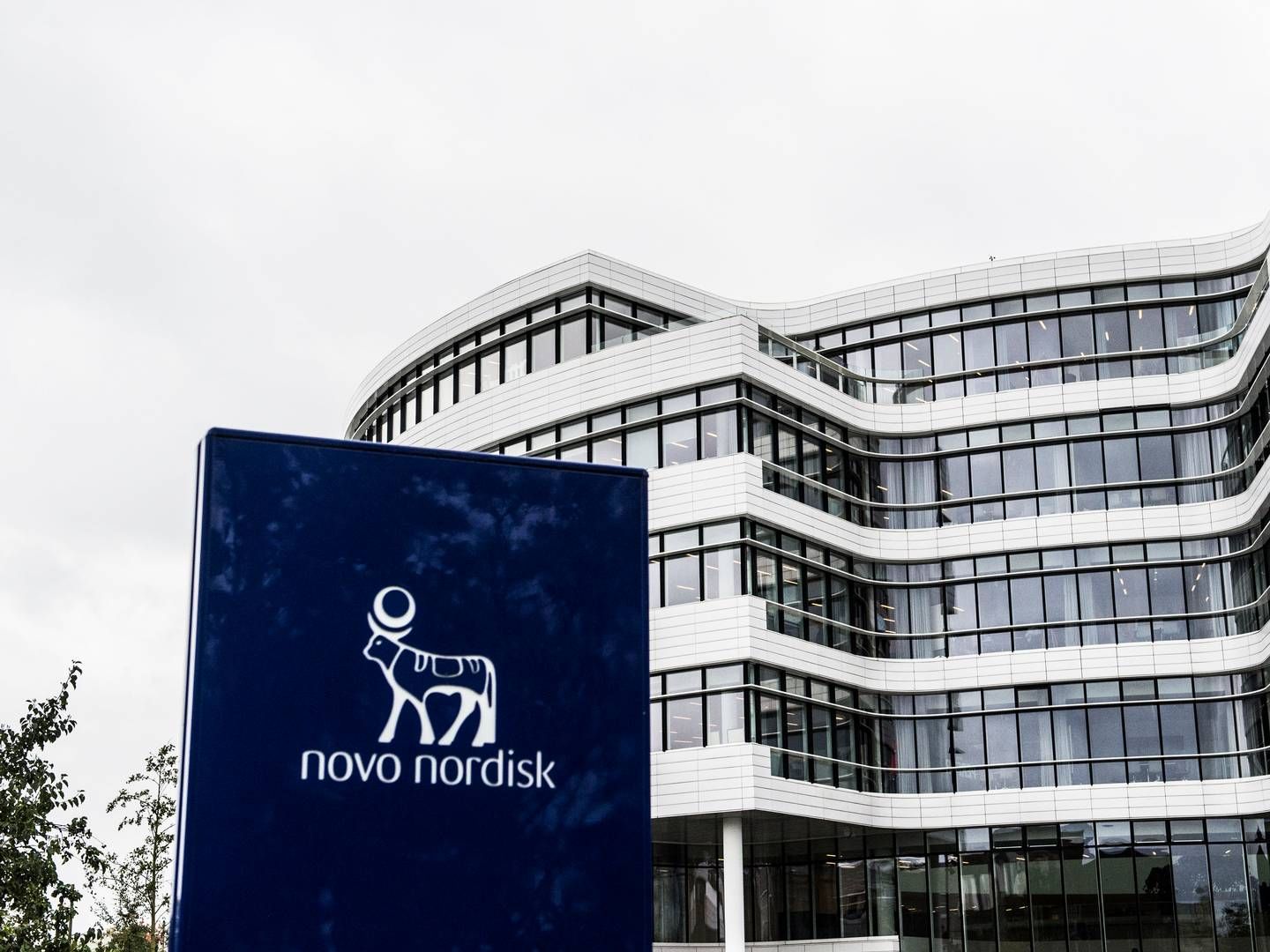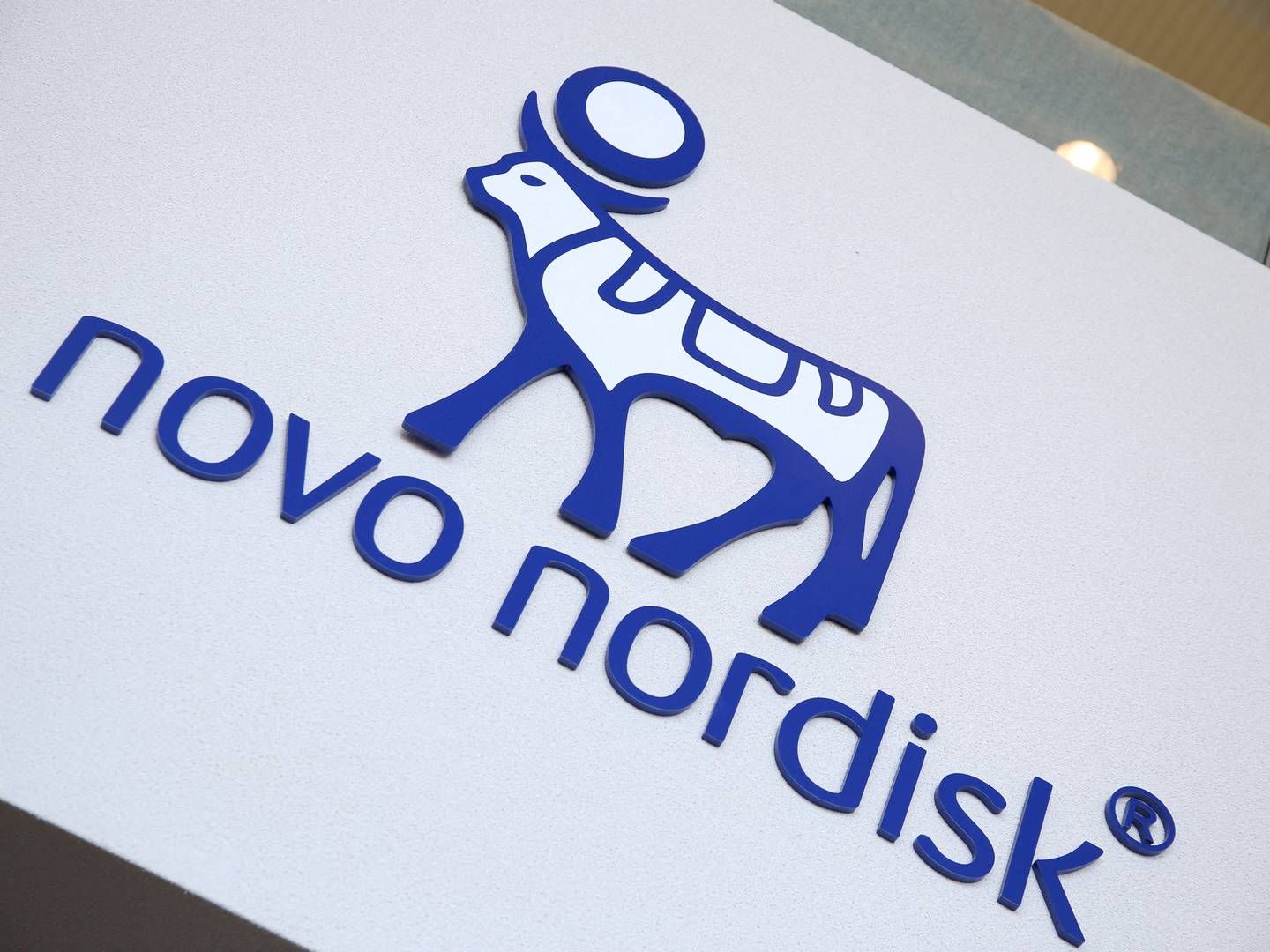Innovation for the low-end market in China

Not a sure-fire method, but then again, pretty good. You use it to roughly predict the spreading of mobile phones, cars, lifestyle diseases, pollution, initiatives to fight pollution, internet sales and so on.
But as I said, it is not sure-fire, and one of the things you tend to forget is that when something totally unexpected happens in a market in the West - it may happen three times as often in China. This may not be a problem if your technology attuned to your Western market is ahead of the Chinese market, but if you are close to be on level with (or even behind) the market in China, you may have a very hard time accelerating.
In my daily work as a Commercial Counsellor for the Health- & Life Science industry in China, I see many strategies for Danish companies capturing a market here in China, and I am sure you know the most common of them as well as I do:
Having a top-brand and selling it to the new elite. Price does not matter - a challenge may actually be to not sell to cheaply since this could deteriorate your brand. Best shot is to have a brand already well-established in the minds of the Chinese consumers before you enter the market, and second-best shot is to build up a brand (which takes time and money). This is why we see so many Maserati’s and Aston Martin’s here in Beijing and Shanghai. Bang & Olufsen in China is a good example of a company believing they had the first, but realized they didn’t and subsequently had to re-build for the second.
Having a small hyper-specialized world-class product non-existing in China. With this you may have a good chance of capturing the very small market without much completion. And a small chunk of China is still pretty big for a small Danish company. Price matters - but not that much. Within Medical Devices and Diagnostics I personally have several clients who do it well in China this way.
Going for the middle class which is growing rapidly. 350 million Chinese are today considered middle-class, and this number will within a couple of years reach 500. That’s a pretty good market too! However, you cannot do this without having your own research in China (your brand alone will not be enough); - you must adapt to the quickly-changing market of a not very loyal consumer group, and this you can only do if you have your “finger on the pulse”. And price matters. I guess the fashion company Bestseller is a very talented example of adopters of this strategy.
Now, I am sure business scholars and “Old China Hands” can list up many other strategies or combinations thereof, but here I will just go directly to the option rarely looked at by Danish companies:
Going for the market of the low-income population. I am sure most of you might say: “Too hard competition, and too low margins!”, but on the other hand, a market of 800-950 million people cannot be unattractive. And this is where I will leave sports cars, hifi-equipment, fashion clothing and go solely into health & life science, since what this consumer group has in common is:
- One central government ambitiously aiming for a better health system for this particular part of the population
- One system of health insurance and reimbursement
- A substantial group of people suffering from relatively few diseases growing rapidly. Diseases to which there exist relatively well-developed treatment patterns, including drugs and delivery systems, - only too expensive for the group.
But there are challenges, and although some would say cost reductions and margin optimizations for this low-end market would be the most important key success factors, I would claim that the main key success factor would be innovation and cooperation with the governmental institutions, - central as well as provincial. The reason for this is that although a company from experience may see their product fitting a market like this, a totally different feature set will most likely be needed, considering the new market size, composition and spending capability. Meanwhile, there is no way a company can get access to a market (population) so huge without the government - being it central or provincial, joining in at the table. And with my experience of Danish companies, it is exactly the latter factor which makes them reluctant.
Where the typical small or medium sized Danish company often perceive any kind of governmental institution as slow, cumbersome, restrictive and devoid of any sense of making a profit, the situation is quite different in China. Sure, China has the oldest tradition of bureaucracy in the world, but few newcomers to China are aware of the tremendous willingness of governmental or semi-governmentally owned companies when it comes to taking risk, making profit, thinking creatively using network etc. As long as it is for the sake of the country, the idea of making profit together definitely is no stranger to the Chinese governmental institutions, and this is one of the opportunities very few Danish companies seem ready to grab. Meanwhile, the will to innovate, either alone or in partnerships with others is very strongly encouraged by the government in China, since China has a clear ambition of moving up in the “food-chain” and not just be left to producing other countries’ inventions at low margins.
Meanwhile, the Danish government encourages innovation cooperation between Denmark and China, and at the recent opening of the cooperation for genome sequencing between Chinese owned Beijing Genomics Institute and Copenhagen Bio Science Park, the Danish Minister for Trade and Investment, Pia Olsen Dyhr stressed the importance of scientific and commercial breakthroughs.
“With a huge market opening up, there is plenty of need for innovation in reshaping and developing existing technologies for this low-end market. Entering innovation partnerships with Chinese companies and governmental organisations is the best way Denmark can be a part of this” the Minister adds.
Innovation is seen as one of the key success factors of reaching the market of the Base of the Pyramid (BOP) - a term often used to describe the huge part of the world population who lives for less than 2$ a day.
Moreover, the concept is also used to draw attention to how innovation and development specifically at the terms of this market can help fight poverty and provide new business opportunities at the same time.
When a client asks the Danish Innovation Centre in Shanghai, to see if they can find an “innovation partner” somewhere in China, they are often surprised to hear how many Chinese companies or institutions are interested in their specific field, and how far those are in their own innovation. Most of these companies have some kind of partial ownership by the government. Chinese companies within medical device and diagnostics like MindRay and MicroPort are known for their aggressive approach to innovation and it has brought them far, - in China as well as abroad.
The alternative to innovate for this market could be to sit and wait for the low-end market to move up to the quality demand and price of your company’s product. But what you might risk in 5 years’ time is that a Chinese company has started out with a simpler product at the bottom, invented for the bottom, priced for the bottom and then followed the consumer from the bottom up the “wealth-curve” with a product more sophisticated over the years. But at a price lower than yours. By then it might be too late for you to accelerate.
jenmot@um.dk






























